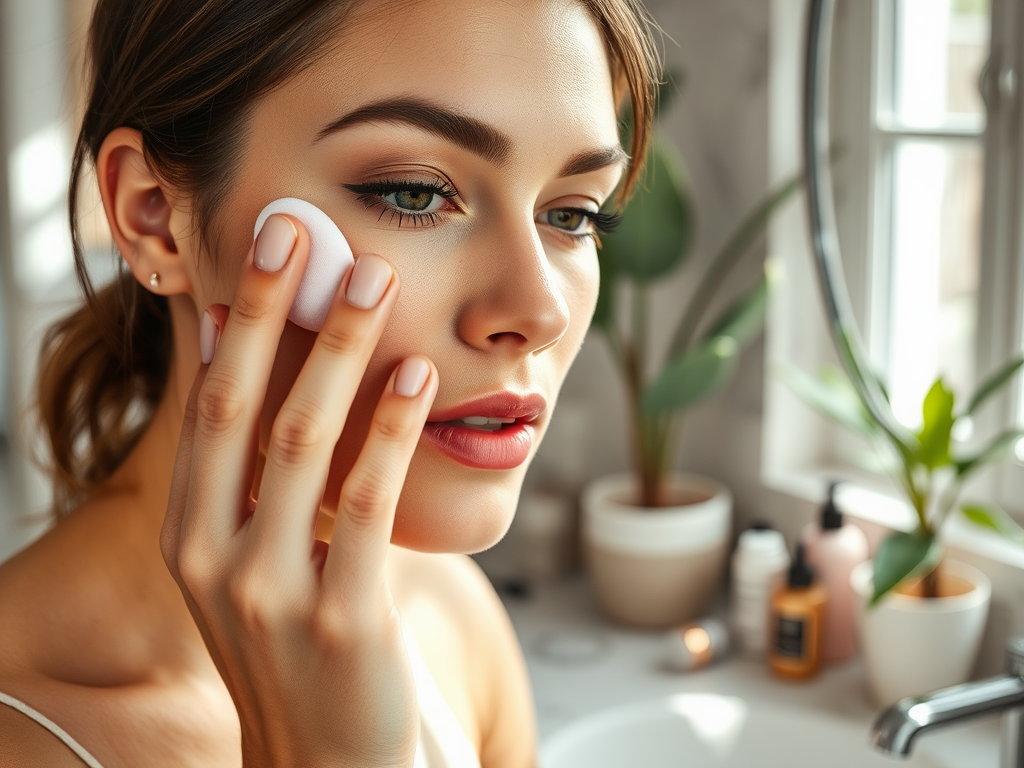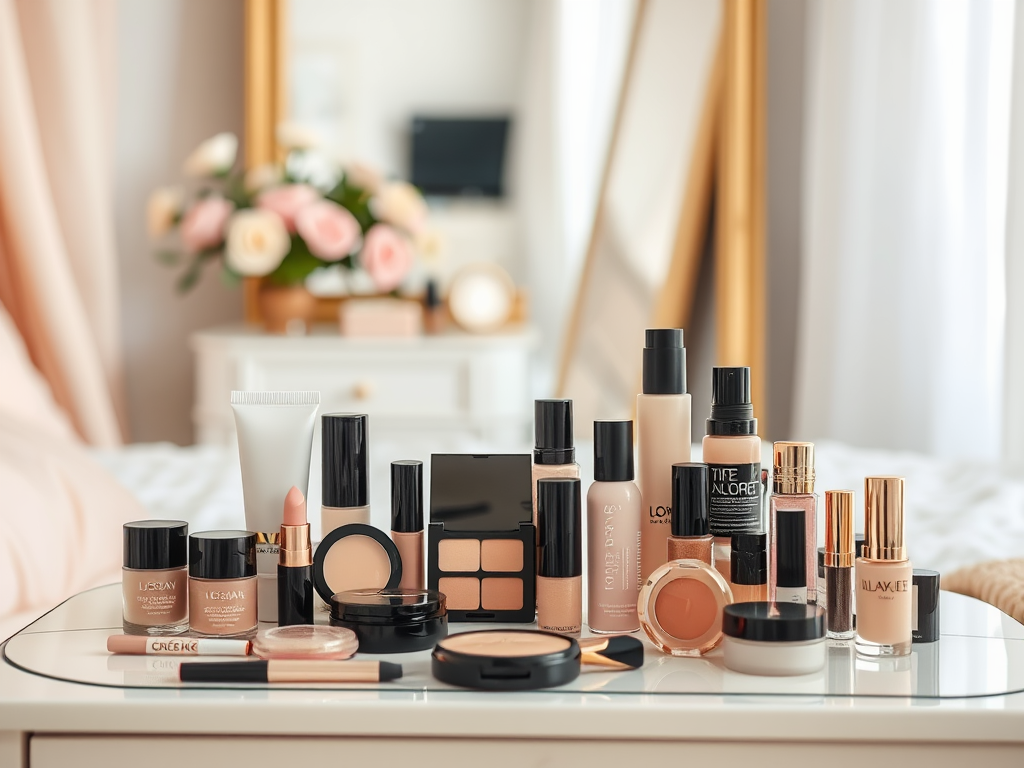Cakey makeup can make even the most confident individuals feel self-conscious, resulting in a lack of satisfaction with their overall look. It’s often an unintended result of layers of product that become visible and unpleasant to the eye. This article explores effective ways to refresh your makeup when you find yourself in this sticky situation. With the right strategies and products at your disposal, you’ll be able to restore your makeup’s beauty and confidence quickly. Whether you’re heading out for a night on the town or just need a daytime touch-up, the tips provided here will guide you toward achieving that flawless finish.
The roots of cakey makeup can often be traced back to a few common mistakes in application or product choice. Understanding these factors is essential for fixing and preventing cakey looks. From knowing when to apply more moisture to selecting lighter formulations, we’ve packed this guide with insights to streamline your makeup routine. Let’s dive into the specifics of tackling those pesky patches and achieving that smooth, flawless visage you desire.
Understanding Cakey Makeup

Cakey makeup isn’t just an annoyance; it can also signal deeper issues with how your skin interacts with the products you’re using. A common cause is the over-application of foundation or other products, leading to a heavy buildup that clings to dry patches on the skin. Factors like weather and skin type also contribute; for example, hot and humid conditions can exacerbate the situation, causing makeup to melt or settle unevenly. Moreover, layering different formulations without proper drying time can result in a sticky mess. Identifying the signs of cakey makeup is crucial to troubleshoot it effectively. Noticing tightness or an uneven surface are clear indicators that a makeup refresh is in order.
Quick Fixes for Cakey Makeup

When you spot cakey makeup, panic shouldn’t be your first response. There are several quick and effective methods you can employ to refresh your look almost instantly. First, try a hydrating spray — it’s one of the simplest ways to revive your visage. These sprays can work wonders in softening the product on your skin and giving an overall dewy appearance. Consider carrying a travel-size spray in your bag for those emergency touch-ups. Furthermore, blending techniques can also be your best friend when it comes to refreshing your makeup.
| Product Type | Skin Type | Best Use |
|---|---|---|
| Hydrating Spray | Dry & Combination | To refresh and hydrate |
| Damp Beauty Sponge | All Skin Types | For blending cakey areas |
| Setting Powder | Oily & Combination | To set makeup and reduce shine |
A damp beauty sponge is also an excellent tool for repairing cakey patches. All it takes is a few gentle taps over the affected area. Dampen the sponge with either water or setting spray for an added boost of moisture—this can make a world of difference. Use a stippling motion rather than dragging the sponge, as this will minimize the chance of disturbing the surrounding makeup. By following these quick fixes, you’ll be able to achieve a softer, lighter appearance in no time.
Preventing Cakey Makeup in the First Place
While knowing how to fix cakey makeup is important, the ultimate goal is to prevent it from happening altogether. One of the first steps to prevention is choosing the right products based on your skin type. Lightweight formulations with hydrating properties are ideal for individuals with dry skin, while those with oily skin should gravitate toward mattifying products that control shine. Making informed choices about your makeup will save you a lot of hassle during application and wear. Here are some product pointers:
- Opt for foundations that match your skin type:
- For dry skin: Moisturizing foundations
- For oily skin: Oil-free, matte foundations
Moreover, application techniques can significantly affect how your makeup looks throughout the day. Applying makeup in thin layers allows for better blending and avoids the risk of excess product accumulating in spots. After applying each layer, set it with a light dusting of translucent powder to further reduce the chance of cakiness. Another preventative measure is to ensure your skin is well-prepped before makeup application. A good skincare routine, including moisturizing and priming, can make a remarkable difference.
Conclusion
Cakey makeup need not be a distressing dilemma. With the quick tips and preventative measures provided throughout this article, you can keep your complexion looking fresh and natural. Always remember to utilize hydrating sprays, proper blending techniques, and choose products that cater to your specific skin type. By implementing these practices, you’ll minimize the chances of encountering cakey makeup while maximizing your confidence. So whether you’re headed out for a casual lunch or a dramatic evening event, achieving that effortlessly flawless look is well within your reach.
Frequently Asked Questions
- What causes cakey makeup? Cakey makeup generally results from product buildup, improper application, or using incompatible makeup products.
- Can I fix cakey makeup during the day? Yes, you can use hydrating sprays, beauty sponges, and blending techniques to refresh your look on the go.
- What products should I avoid to prevent cakey makeup? Avoid heavy or thick formulations, especially if you have dry skin. Seek out lightweight, hydrating products instead.
- How often should I set my makeup? Setting makeup with a powder can be done after each layer and once more during the day if you notice shine or cakiness.
- Is cakey makeup only a problem for dry skin? No, cakey makeup can affect all skin types, but it is more prominent in those with dry skin due to lack of moisture and flaky patches.





